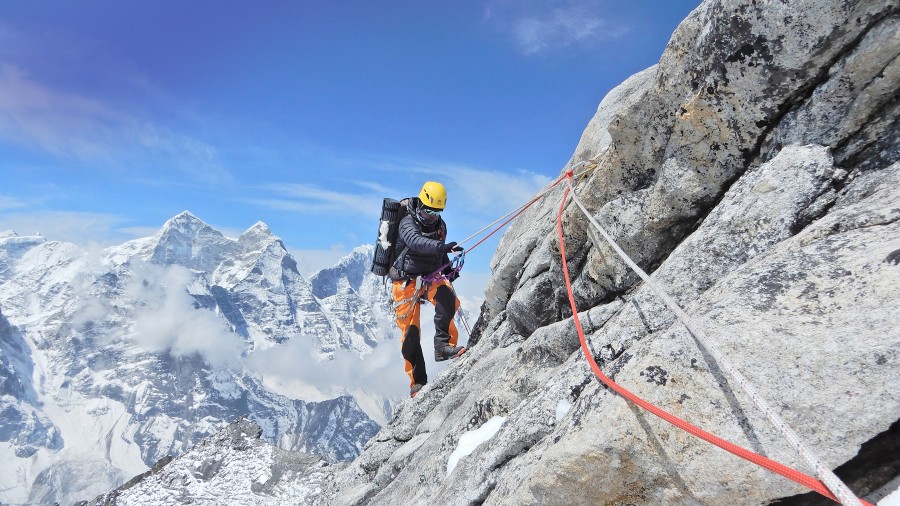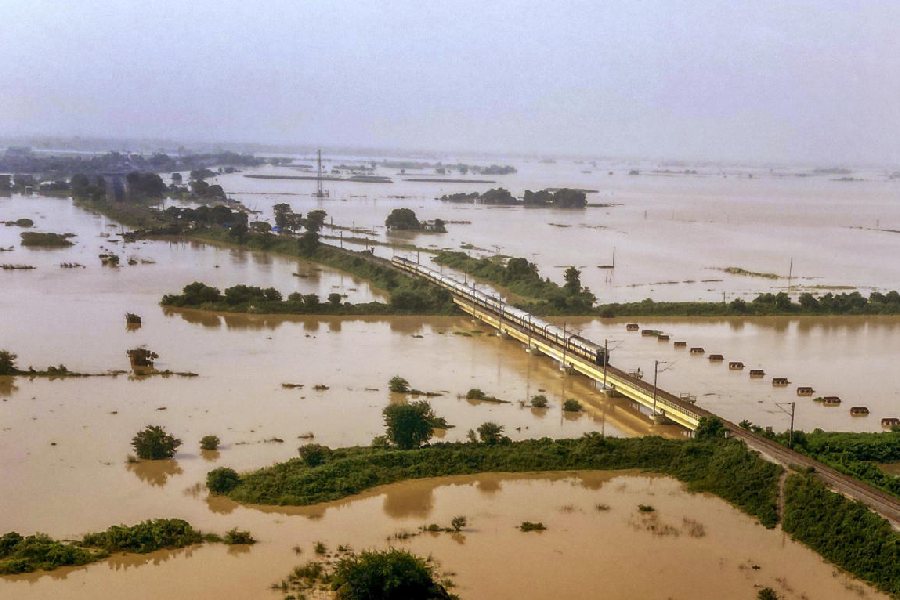Martin Luther King had dreamt that “one day every valley shall be exalted, every hill and mountain shall be made low” for people of colour. That dream is about to come true as a team of nine black climbers attempt to scale Mount Everest to tackle mountaineering’s “colonial history” — only eight black people, according to some estimates, have stood atop Mount Everest till date. At the other end of the world, Preet Chandi, a British army physiotherapist and the first woman of colour to complete a solo crossing of Antarctica, has finished herexpedition to the South Pole almost a week ahead of schedule.
Ms Chandi claims that she was motivated to create a ‘new normal’ where women of colour can see themselves as expeditionists. It is not surprising that both expeditions are fighting not just a battle of endurance but also that of access. Expeditions have always been the fief of the privileged. Ferdinand Magellan was a nobleman; Charles Darwin distinctly aristocratic; Bear Grylls has been educated at Eton. Adventure is not the turf for those with shallow pockets. Magellan’s sojourn had cost 8,751,125 maravedis — more than double of Spain’s royal revenue in 1504 — and an expedition to the Everest in 2021 could lighten a mountaineer’s wallet by as much as Rs 50 lakh.
Apart from wealth, ethnicity and class could also hinder visibility. For every person who achieves fame after summiting the Everest, there is one — or more — sherpa who remains in the shadows. A study in 2014 had shown that 40 per cent of all Everest deaths over the last century had been of sherpas but only 4 per cent of them found mention in the media. Magellan, Darwin and Grylls, unsurprisingly, are all white.
Women bear a double burden of invisibility. How many know of Lhakpa Sherpa, who has conquered the Everest nine times — the highest by a woman? What Ms Sherpa exposed in the process was the monumental ignorance of a society that continues to believe that women are incapable of feats that test the limits of human physical endurance. Little wonder then that even otherwise progressive institutions such as modern armies frown at the idea of inducting women in combat roles. The popular image of an adventurer is predominantly that of a white male even though women explorers have left their mark — in 1766, Jeanne Baret became the first woman to circumnavigate the globe: it would not come as a shock to know that she did so dressed as a man.
Hearteningly, perceptions about women’s abilities in adventurism are shifting — at long last. A part of this success must be attributed to the likes of Ms Chandi and Ms Sherpa who defied existing norms and expectations. Market forces and the entertainment industry — adventure sport is now a lucrative field — have moved in and done their bit. The all-black expedition to the Everest and Ms Chandi’s achievement would help shatter the proverbial glass ceilings that render remote landscapes even more distant to some constituencies.
When Edmund Hillary was asked why he wanted to climb the world’s highest peak, he famously quipped, “because it is there.” But is it there for everybody?











